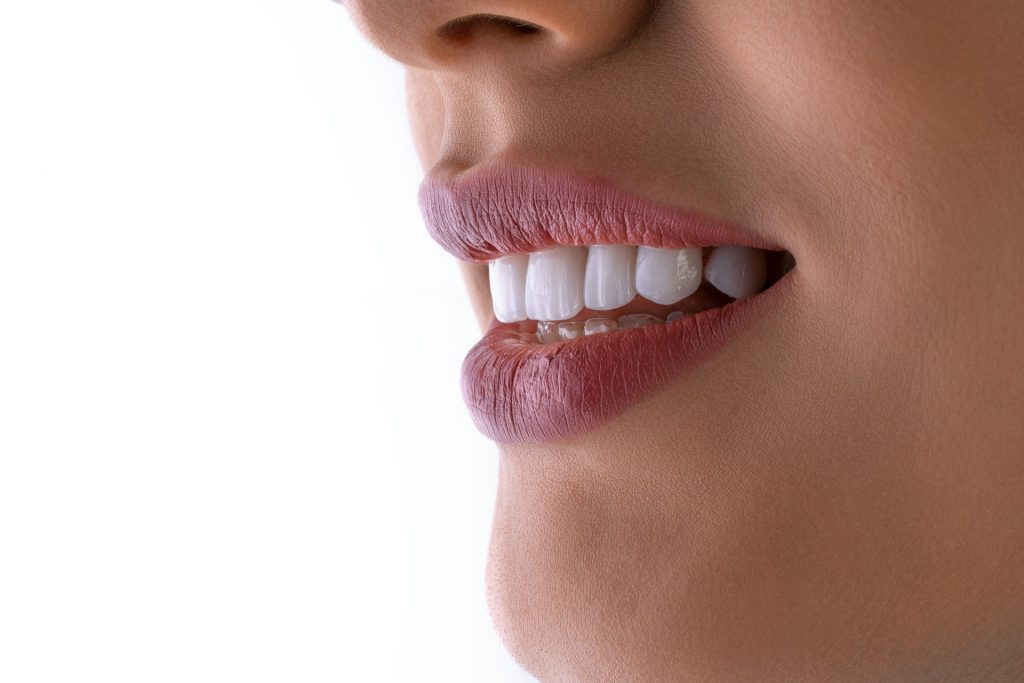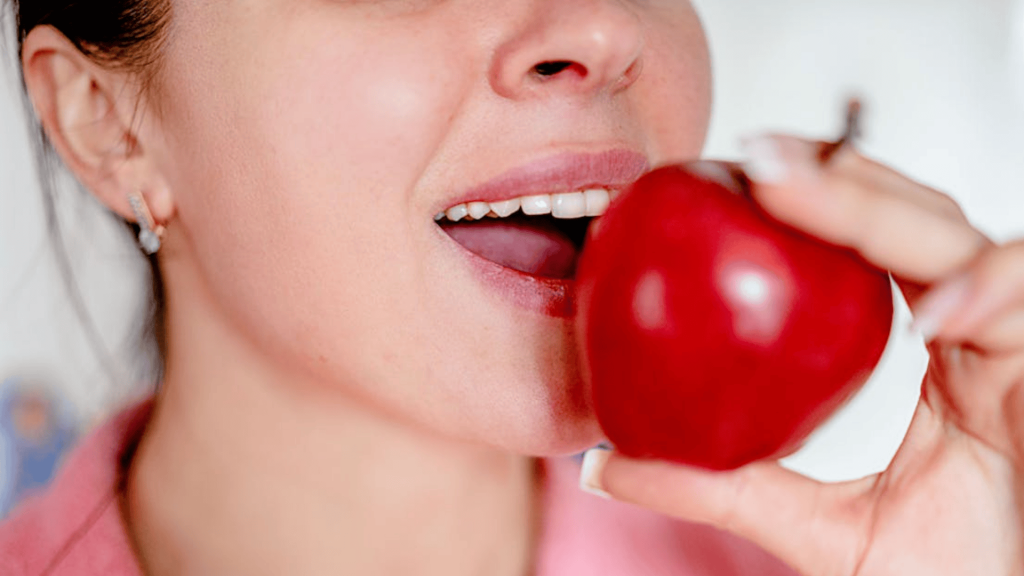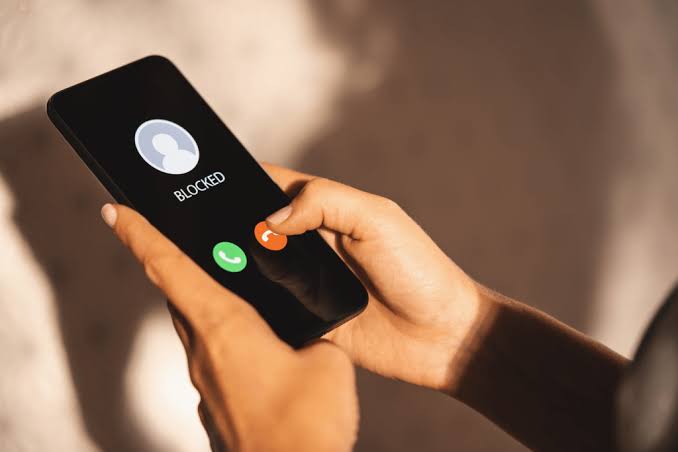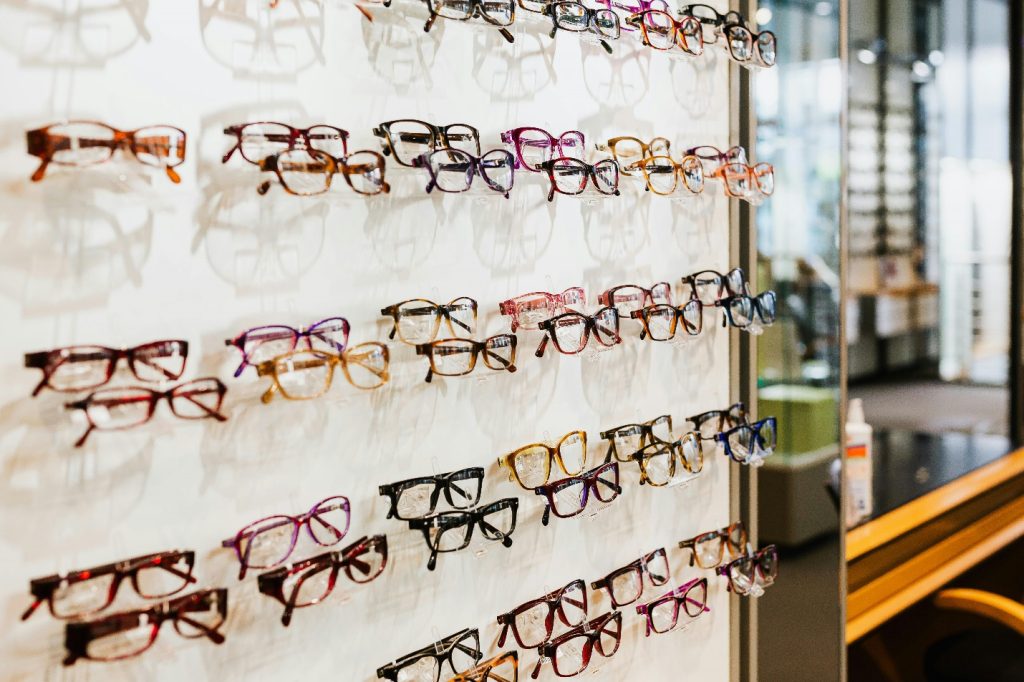Throbbing molar at 11 p.m.? Shoots of ice-pick pain every time you sip water? Toothaches seem to come alive precisely when the dental office is closed. While you’re waiting for professional care, a few smart hacks can buy temporary relief without risking bigger trouble. Note the word temporary. None of these tips cure decay, mend a cracked tooth, or calm a brewing infection—you’ll still need a qualified emergency dentist in Cleveland to finish the job. Think of these as stop-gap measures that get you through the night, the weekend, or the drive to the clinic.
1. Chill It—But Skip the Bare Ice
How the Hack Works
Cold constricts blood vessels, slowing inflammatory fluid and dulling nerve signals. A simple ice pack can shave the pain down from “can’t think straight” to “tolerable.” Wrap a few cubes in a thin dish towel, hold it against the cheek over the sore tooth for 15 minutes, rest 15 minutes, repeat.
What Not to Do
Never press bare ice directly on the tooth. Exposed dentin or microscopic cracks can amplify sensitivity, spiking pain rather than easing it. And forget the old movie gag of biting a whiskey-soaked cube—alcohol can irritate tissues and delay clotting if a fracture is present.
When to Call It Quits
If cold actually increases the ache or triggers lightning-bolt zingers, the nerve could be heavily inflamed. That’s a flashing neon sign to schedule emergency care first thing in the morning.
2. Saltwater Swish—Nature’s Gentle Disinfectant
Quick Chemistry Lesson
A saline rinse (½ teaspoon table salt in 8 ounces warm water) creates a hypertonic environment that draws excess fluid from swollen gums and discourages bacterial growth. Swish gently for 30 seconds; spit—don’t swallow.
Why It Helps
• Reduces pressure in puffy gum tissue
• Loosens trapped food particles around a broken filling
• Soothes minor mouth sores that may be fueling the irritation
Important Considerations
“Warm” means body temperature—steaming hot water can damage already-stressed pulp. And too much salt reverses the benefit by dehydrating tissues. One rinse every few hours is plenty until you reach professional help.
3. Over-the-Counter Pain
The Combo That Dentists Approve
Alternating ibuprofen (anti-inflammatory) with acetaminophen (analgesic) often squelches tooth pain better than either drug alone, without the grogginess of narcotics. The key is timing:
|
Time |
Medication |
Dosage* |
|---|---|---|
|
0 hr |
Ibuprofen |
As directed |
|
3 hr |
Acetaminophen |
As directed |
|
6 hr |
Ibuprofen |
— |
|
9 hr |
Acetaminophen |
— |
*Always follow the instructions on your own bottle and stay below maximum daily limits.
Why It Works
The two drugs attack pain through separate biochemical pathways. Blended correctly, they layer relief without stacking side-effects.
Watch-Outs
• Stomach ulcers or kidney issues? Ask a physician before taking NSAIDs.
• Liver disease? Acetaminophen may be off the table.
• Child under 12? Use pediatric formulations and age-specific dosing.
Pharmacy aisles look innocent, but misuse lands thousands in ERs each year—read labels or call the on-call dentist if you’re unsure.
4. Clove Oil—Old-School but Surprisingly Potent
The Active Ingredient
Eugenol, a natural anesthetic and antiseptic, seeps into enamel micro-tubules, numbs nerve endings, and mildly disinfects. Dab a cotton swab with one drop of pharmacy-grade clove oil, place it on the cavity or gum margin, hold for 30 seconds, remove.
Don’t Go Overboard
Straight clove oil tastes like fiery mouthwash and can burn soft tissue; one drop is plenty. Skip homemade concoctions using kitchen spices—ground cloves lack standard dosage and may introduce grit that irritates gums.
Short Shelf Life
Relief fades within an hour or two. Reapply sparingly, and treat clove oil as a bridge to—never a substitute for—urgent dental attention.
5. Elevate Your Head at Night—Gravity Is Your Friend
The Pressure Principle
Blood rushes to the head when you lie flat, inflaming pulp and intensifying throbs. Propping an extra pillow under shoulders lets gravity drain fluid, easing internal pressure and making pain less pulsatile.
Extra Credit
Pair elevation with rhythmic, diaphragmatic breathing: inhale for four counts, exhale for six. Controlled breathing lowers systemic cortisol, subtly raising your pain threshold until morning.
What It Won’t Do
Sleeping upright won’t close a fracture line or dry up an abscess. If swelling creeps toward the eye or throat—or if you feel feverish—seek emergency treatment the same night. Facial infections can escalate quickly.
Why Hacks Alone Aren’t Enough
All five tricks reduce symptoms; none attack the cause. Tooth pain usually signals:
- Deep decay infiltrating the nerve
- A hidden fracture siphoning bacteria
- An abscess burrowing into jawbone
- Gum infection threatening root support
Left alone, these problems worsen, sometimes dangerously. Swelling can impede breathing; untreated decay can reach the bloodstream. That’s why dentists classify true toothache as a medical urgency, not a “wait and see” situation.
If pain lingers beyond 24 hours—or spikes despite your DIY toolkit—book professional care ASAP. The team at your local emergency dentistry clinic in Cleveland offers same-day X-rays, nerve-calming medication, and definitive repairs that home remedies simply can’t match.
Preparing for Your Emergency Appointment
- Note the triggers. Cold, heat, biting—it helps the dentist pinpoint the culprit.
- List medications and hacks tried. Prevents dosing overlap and speeds treatment.
- Bring insurance info and ID. Saves precious minutes when you’re already uncomfortable.
- Expect diagnostic X-rays. They reveal fractures, abscesses, and decay depth invisible to the naked eye.
- Follow after-care to the letter. Post-treatment instructions—antibiotics, soft-food diet, salt rinses—finish the healing job.
Final Thought: Relief Now, Restoration Later
Tooth-pain hacks resemble spare tires—indispensable in a pinch, but nobody drives cross-country on one. Deploy ice, saltwater, OTC meds, clove oil, and smart sleep positioning to stay comfortable and safe. Then hand the problem to professionals who can solve it for good. Your smile—and your sleep schedule—will thank you.





















